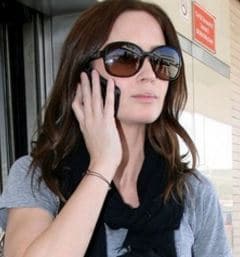Mar. 21, 2017
Treating the Cochlea, not the Audiogram: The Value of Good Audiology
by Brian Taylor “Signal & Noise” is a bimonthly column by Brian Taylor, AuD Recall the term “good audiology” is loosely defined as a combination of science and art that cannot be duplicated by a computer algorithm. The first two Signal and Noise posts of 2017 were devoted to this concept of “good audiology” and why – even in this







